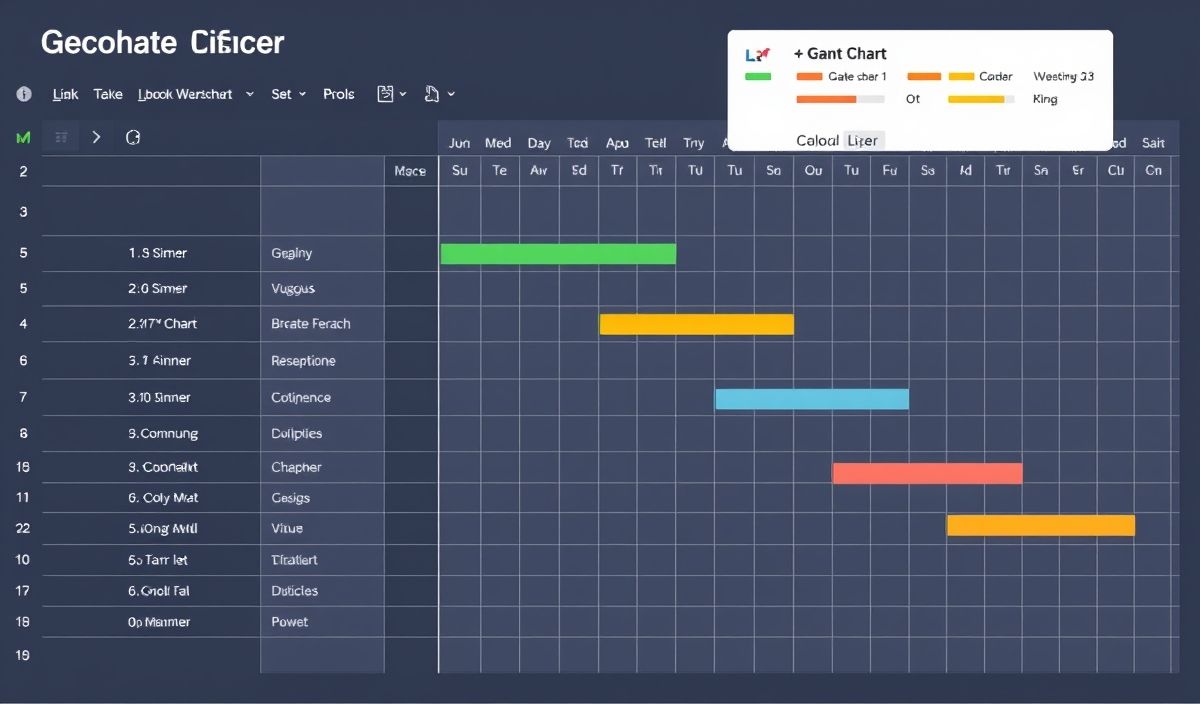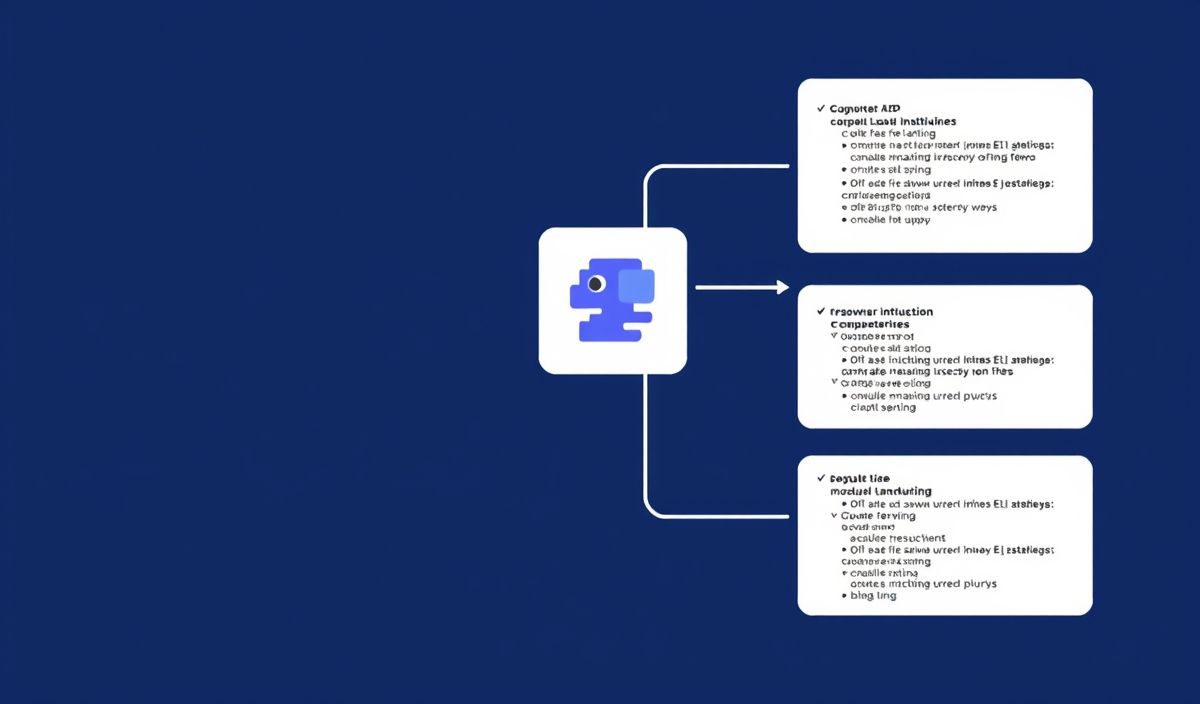Introduction to Gantt Charts
Gantt charts are essential tools for project management, helping teams visualize project schedules, track progress, and manage resources. This guide delves into the details of Gantt chart APIs, providing you with the tools and examples you need to implement Gantt charts efficiently in your projects.
Setting Up a Gantt Chart
To create a Gantt chart, you’ll first need to set up your project environment. Below is a simple example of initializing a Gantt chart:
const gantt = new Gantt("#gantt-chart", {
data: [
{ id: 1, name: "Task 1", start: "2023-01-01", end: "2023-01-10" },
{ id: 2, name: "Task 2", start: "2023-01-11", end: "2023-01-20" }
]
});
Adding Tasks
Adding tasks to your Gantt chart is straightforward. Use the following code snippet to add a new task:
gantt.addTask({
id: 3,
name: "Task 3",
start: "2023-01-21",
end: "2023-01-31"
});
Updating Tasks
You can easily update task details using the updateTask method:
gantt.updateTask(3, {
name: "Updated Task 3",
start: "2023-01-22",
end: "2023-02-01"
});
Removing Tasks
To remove a task from the Gantt chart, use the removeTask method:
gantt.removeTask(3);
Customizing the Gantt Chart
The API provides numerous options to customize the appearance and behavior of the Gantt chart:
gantt.setOptions({
headerHeight: 50,
barHeight: 20,
barBackgroundColor: "#ff0000",
barBorderColor: "#000000"
});
Event Handling
You can also handle various events such as clicking or dragging tasks:
gantt.on('taskClick', function (task) {
console.log('Task clicked:', task);
});
gantt.on('taskDrag', function (task) {
console.log('Task dragged:', task);
});
Full App Example
Here’s a complete example of an application that uses the Gantt chart API:
<html>
<head>
<script src="path/to/gantt/chart/library.js"></script>
<link rel="stylesheet" href="path/to/gantt/chart/style.css">
</head>
<body>
<div id="gantt-chart"></div>
<script>
const gantt = new Gantt("#gantt-chart", {
data: [
{ id: 1, name: "Task 1", start: "2023-01-01", end: "2023-01-10" },
{ id: 2, name: "Task 2", start: "2023-01-11", end: "2023-01-20" }
]
});
gantt.on('taskClick', function (task) {
alert('Task clicked: ' + task.name);
});
</script>
</body>
</html>
With these API examples, you should be able to efficiently create and manage Gantt charts for your projects, enhancing your project management capabilities.
Hash: ddc56d7239508b8e5c0e7b782d06096332a6503bfa0b718100dd061c11e93f73




